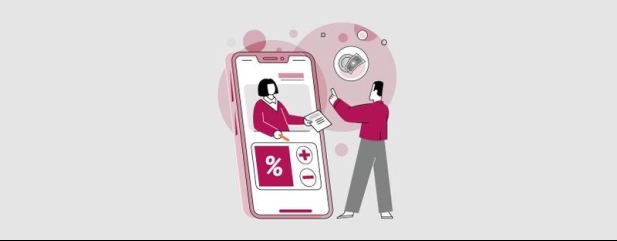Archived article
Please note that tax, investment, pension and ISA rules can change and the information and any views contained in this article may now be inaccurate.
How much could I withdraw from my pension in a year without incurring tax?

If a person retires before state pension age, and their only taxable income is from a SIPP, how much can they withdraw a year tax free by taking a lump sum and some income before any income tax is due?
What are the advantages or disadvantages of taking a tax-free lump sum like this as opposed to taking the full tax-free lump sum in one go?
Dave
Rachel Vahey, AJ Bell Head of Public Policy, says:
From the age of 55 (rising to 57 from April 2028) individuals can take a quarter of their pension pot as a tax-free lump sum and either move the remainder to drawdown or buy an annuity (which gives a set out guaranteed income for life). (The individual must have enough ‘lump sum allowance’ left to take a tax-free lump sum – this is usually initially set at £268,275.)
If they decide on drawdown, they can withdraw any amount any time they want. That income will be taxed like earnings. Of course, someone could decide to take both an annuity and move funds to drawdown – it’s not one thing or another.
Individuals don’t have to access their whole pension pot either. They can decide to just access a small portion of it and keep the rest invested. Taking this approach offers an interesting way of getting a tax-efficient income.
If someone took £16,760 from their pension pot, they could take a tax-free lump sum of £4,190 and a drawdown income of £12,570. If they have no other taxable income then this falls within their personal allowance, meaning no income tax to pay.
Taking tax-free cash out a bit at a time can offer advantages. It means individuals can leave a greater part of their money invested in the pension, which hopefully will grow in value, and means they can take a greater amount of tax-free cash out overall.
If they take out all their tax-free cash initially, then they would lose this opportunity to benefit from further growth.
Taking all the tax-free lump sum in one go may be a good solution if people have something they specifically need the money for. But if not, then they may be left with a sizeable sum languishing in their bank account. If inheritance tax (IHT) is a possible issue they will need a plan of what to do with that money – whether that is invest it elsewhere, gift it, or spend it.
Leaving money in a pension means it can continue to be sheltered from IHT. Some individuals may want to take an income from other investments – such as ISAs – before touching their pension, for exactly that reason.
One final point. When someone takes their first ad-hoc payment from drawdown, emergency tax is applied, and they will end up overpaying tax. They can easily ask for a refund from HMRC, but it’s worth bearing this in mind.
Important information:
These articles are provided by Shares magazine which is published by AJ Bell Media, a part of AJ Bell. Shares is not written by AJ Bell.
Shares is provided for your general information and use and is not a personal recommendation to invest. It is not intended to be relied upon by you in making or not making any investment decisions. The investments referred to in these articles will not be suitable for all investors. If in doubt please seek appropriate independent financial advice.
Investors acting on the information in these articles do so at their own risk and AJ Bell Media and its staff do not accept liability for losses suffered by investors as a result of their investment decisions.
Issue contents
Editor's View
Feature
Great Ideas
News
- ITV up 30% as streaming platform proves its worth
- UK IPO market hots-up after Shein accelerates plans for London listing
- UK takeovers and premiums back to record levels of 2018
- Intel dealt Huawei blow by US government
- Bruised Palo Alto investors praying for improvement
- Sky-high expectations leave no room for earnings disappointment
 magazine
magazine








